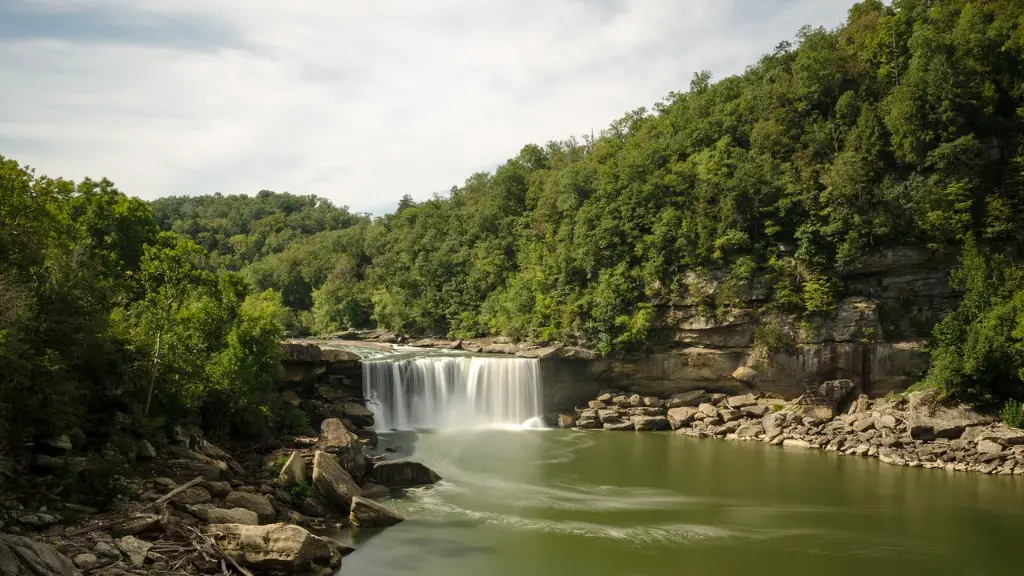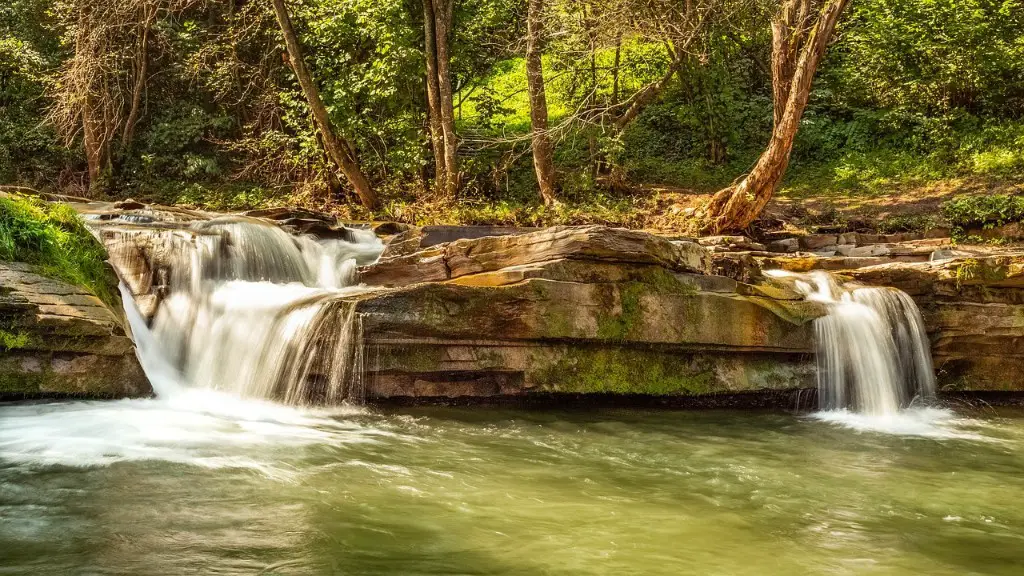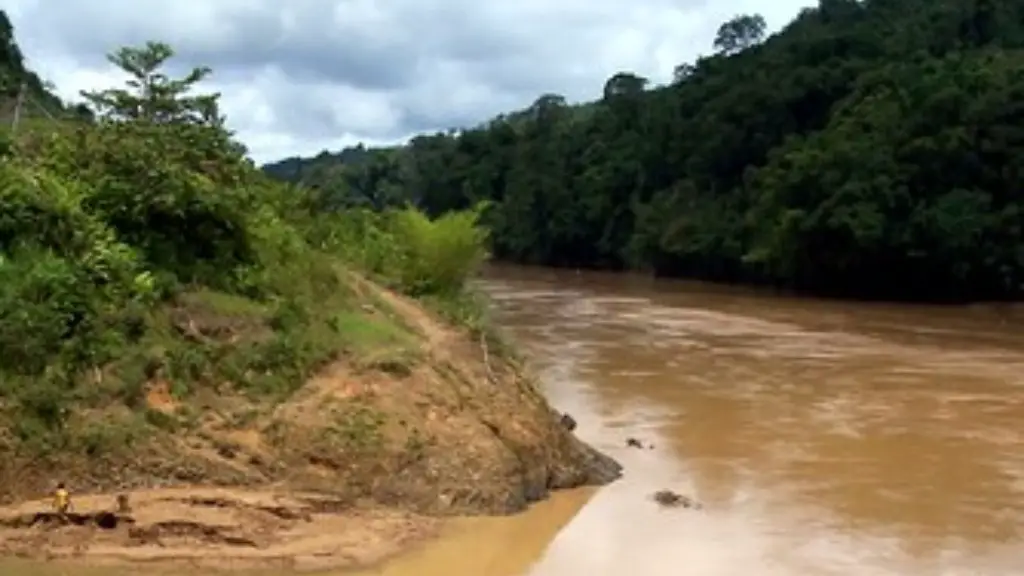The Ganges River is one of the most sacred rivers in Hinduism and is also one of the most polluted rivers in the world. The river is venerated as a goddess (Ganga Maiya) and is believed to have the power to cleanse sins. Every year, millions of Hindus travel to the Ganges River to bathe in its waters.
The Ganges River is heavily polluted with human waste, industrial effluent, and agricultural runoff. The river is also the main source of drinking water for millions of people living along its banks. As a result, the river is contaminated with a variety of diseases, including cholera, dysentery, and hepatitis.
The Indian government has been trying to clean up the Ganges River for many years, but the river continues to be polluted. The government has created a number of programs to clean up the river, but these programs have not been very successful.
One of the biggest problems with the Ganges River is that it is so heavily populated. The river is used for bathing, drinking, washing, and cooking by millions of people. As a result, it is very difficult to keep the river clean.
The Ganges River is one of the most polluted rivers in the world. The main reason for this is the enormous amount of sewage and industrial waste that is discharged into the river every day. According to estimates, more than 1.5 billion gallons of sewage are dumped into the Ganges River each day. In addition to this, industrial waste from factories located along the river is also a major source of pollution.
The Ganges River is also highly polluted due to thepractice of open defecation. According to estimates, more than 500 million people defecate in the open along the banks of the Ganges River. This human waste then flows into the river and pollutes it.
The Ganges River is a sacred river for Hindus and is worshipped as a goddess. However, the pollution of the river has made it a public health hazard. The water of the Ganges River is contaminated with coliform bacteria, which can cause cholera, dysentery, and typhoid. Every year, thousands of people die from diseases caused by the polluted water of the Ganges River.
How nasty is the Ganges river?
The Ganges is one of the most polluted waterways in the world due to the high amount of sewage that is emptied into it every day. Only about half of the sewage that is dumped into the river undergoes any kind of treatment, leaving the rest to pollute the river’s waters. This pollution has a negative impact on the environment and on the people who rely on the river for their livelihoods.
Bathing in the Ganga can expose people to high levels of faecal coliform bacteria. These bacteria can cause serious gastrointestinal illnesses, such as diarrhoea and vomiting. The best way to protect yourself from these bacteria is to avoid swimming or bathing in the river. If you do come into contact with the water, be sure to wash your hands and body thoroughly with soap and clean water as soon as possible.
Can the Ganges river clean itself
The Ganga water contains Oxygen levels 25 times higher than any other river in the world. This is one of the reasons of self-purifying attributes of River Ganga and high levels of oxygen in the waters of Ganga gives it the unique ability to remain fresh over a prolonged period of time.
The river stinks because of the untreated sewage and effluents from the tanneries. This is especially a problem during the Kumbh Mela when people are bathing in the river.
Can you swim in the river Ganges?
The Ganges River in India is one of the most polluted bodies of water on the planet. Despite this, there is a myth that bathing in it or drinking it is completely safe. This is not the case, and the river should be avoided if possible.
The river is a vital water source for hundreds of millions of people. It provides water for drinking, bathing, and irrigation. The river also supports a variety of aquatic life.
Are there crocs in the Ganges?
The Ganga River Dolphin is a freshwater dolphin found in India, Bangladesh, and Nepal. They are one of the four freshwater dolphin species in the world, and are the only species found in the Ganga river. The Ganga river dolphin is an endangered species, with only around 2,000 individuals remaining. They are threatened by pollution, overfishing, and the loss of their habitat. The Ganga river dolphin is an important part of the ecosystem of the Ganga river, and their loss would have a significant impact on the river’s ecosystem.
The river Ganges is considered holy by Hindus and is a popular destination for annual pilgrimages. Many Hindus believe that it is auspicious to drink, bathe, and even have their ashes scattered in the river. The river is also home to many temples and shrines, making it a sacred place for Hindus.
Why doesn’t the water of Ganga get dirty
The scientific reason for the purity of the water of the river Ganga is that it is naturally containing bacteriophages. These bacteriophages are viruses that attack and kill bacteria. They do not allow bacterial growth and hence the water of the river Ganga is pure.
Hindus believe that water has the power to cleanse sins. For many Hindus, even dirty water is considered holy and taking a dip in it can be a way to wash away sins. Another common practice is to sprinkle a little bit of water on one’s head, which is seen as equivalent to being blessed by the water.
Should I bathe in the Ganges?
Hindus believe in the cycle of death and rebirth. They believe that sins accumulated in past and current lives require them to continue the cycle. If they bathe at the Ganges on the most auspicious day of the festival, believers say they can rid themselves of their sins.
Experts say that pollution in the Ganga and other rivers is one of the main reasons for the high rate of waterborne illnesses in India, which kill an estimated 15 million children each year. They have also discovered the emergence of so-called superbugs in Ganges water samples, bacteria resistant to most commonly used antibiotics.
Why is Ganga so holy
Ganga Ma is revered as a goddess who can cleanse the sins of the faithful and aid the dead on their path to heaven. She is known as the Mother Ganges. The river is a sacred place for Hindus and is considered holy. Many Hindus believe that bathing in the river will cleanse them of their sins and allow them to start fresh. Hindus also believe that the Ganges is a place where the dead can go to purify their souls before they enter the next life.
The biggest threats to river dolphins are fishing and toxic pollution. They are also threatened by dams and barrages in the river.
Will the Ganges dry up?
It is true that the great majority of river flow is due to rain and snowmelt, and not from glacial melting. Even after the glaciers have all melted away (several centuries from now), the rivers will still flow just as they do today. So the glacial melt will not have any noticeable impact on river flow.
There are six species of river sharks found in the world, out of which the Ganges shark (Glyphis gangeticus) is endemic to India. It inhabits the River Hooghly in West Bengal, as well as the rivers Ganges, Brahmaputra, Mahanadi in the states of Bihar, Assam and Orissa.
Why Ganga water is so special
Bacteriophages, the viruses that eat bacteria, are found in the waters of river Ganga. These viruses don’t allow bacterial growth and help to keep the water clean. This is one of the reasons why the water of river Ganga is considered holy and is used for religious ceremonies.
The government’s own data shows that only a fraction of the sewage treatment plants that were to have been built to clean up the river have been completed, three years into the scheme.
This is a huge problem because the river is considered sacred by Hindus and is used for religious ceremonies by millions of people every year.
The government has now ordered that the remaining work be completed within two years, but it is not clear how this will be achieved.
There is a lot of work to be done and the clock is ticking.
Conclusion
There are a number of reasons why the Ganges River is so polluted. First, the river is used as a dumping ground for sewage and industrial waste. Second, the river is home to a large population of people who live in poverty and cannot afford to properly dispose of their waste. Third, the river is not regularly cleaned or maintained, allowing pollutants to build up over time. As a result, the Ganges River is one of the most polluted rivers in the world.
The Ganges River is one of the most sacred rivers in Hinduism, and is also one of the most polluted. The river is considered sacred because it is believed to be the home of the god Ganga. Every year, millions of Hindus make a pilgrimage to the river to bathe in its waters and to pray. The river is also a source of water for many people who live along its banks.
The Ganges River is so polluted because of the many people who live along its banks and use it as a source of water. The river is also used as a dumping ground for sewage and industrial waste. The water in the river is often murky and smells bad.
Despite the pollution, the Ganges River is still a sacred place for Hindus. Every year, millions of Hindus make a pilgrimage to the river to bathe in its waters and to pray. The river is also a source of water for many people who live along its banks.





